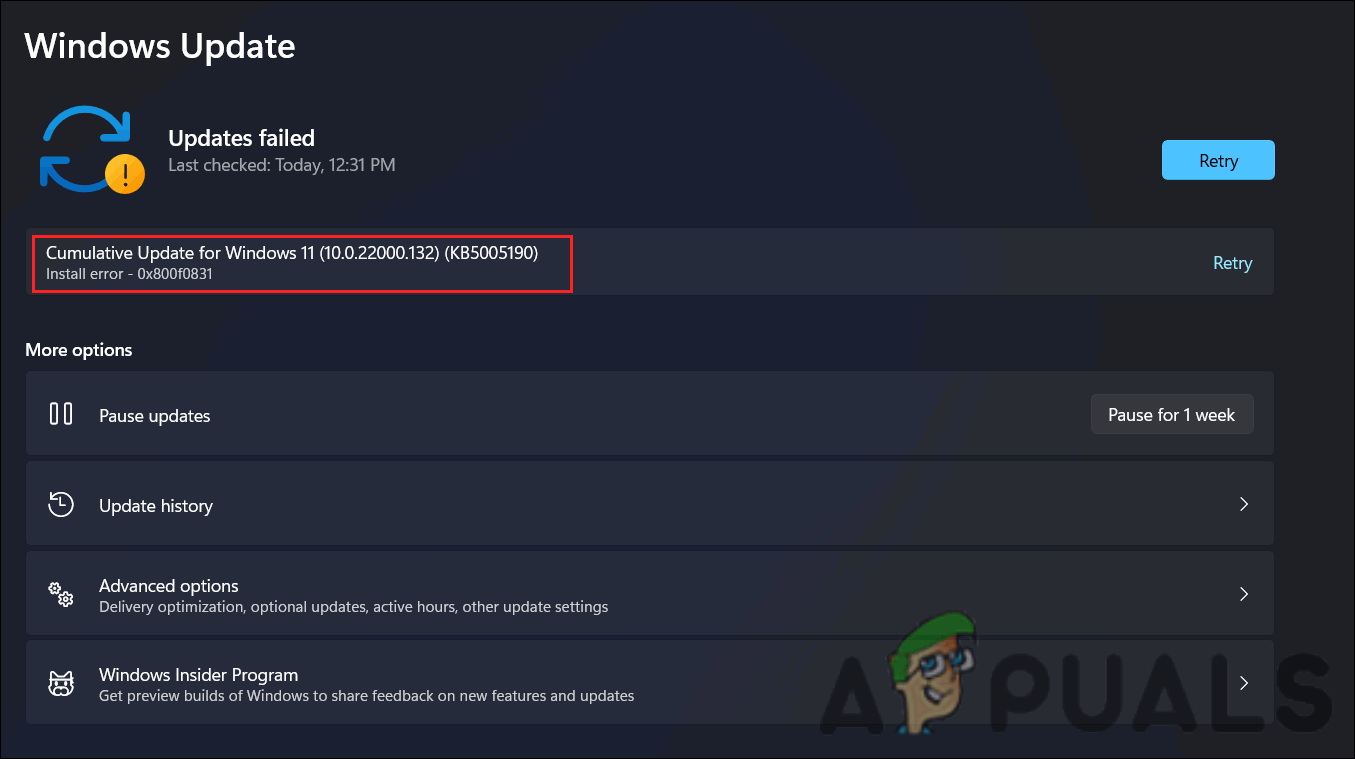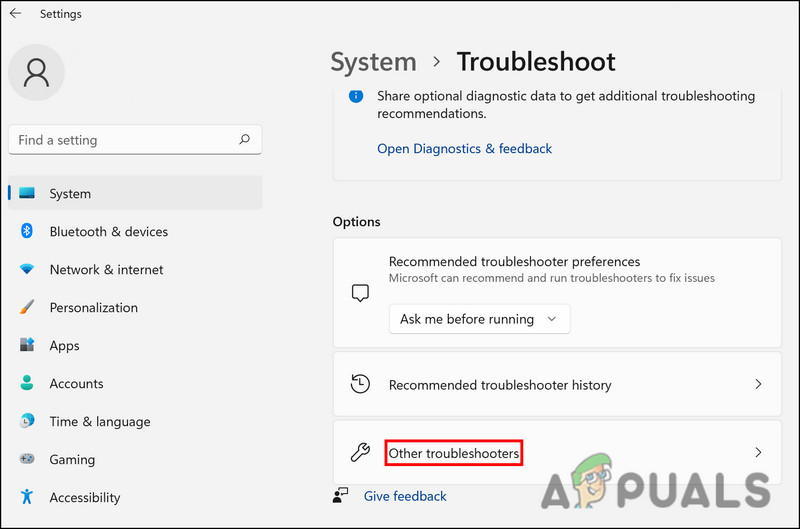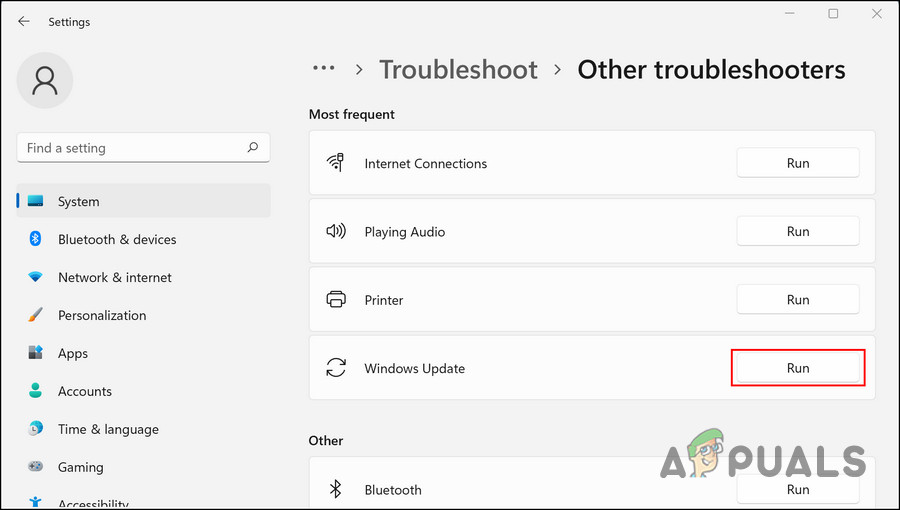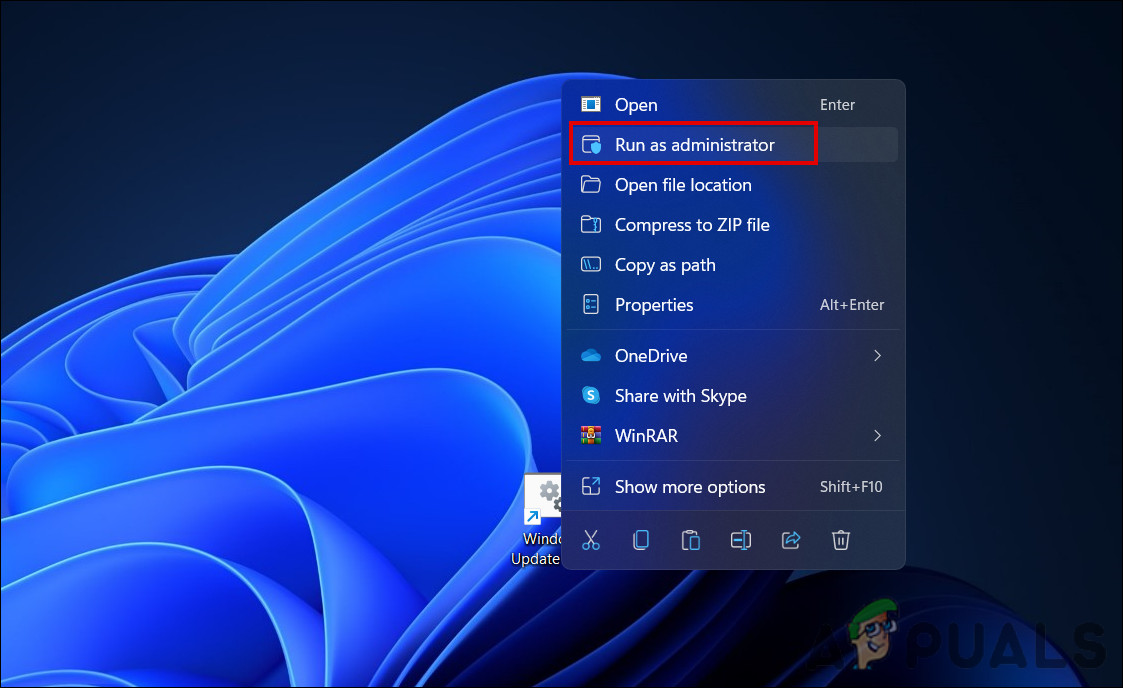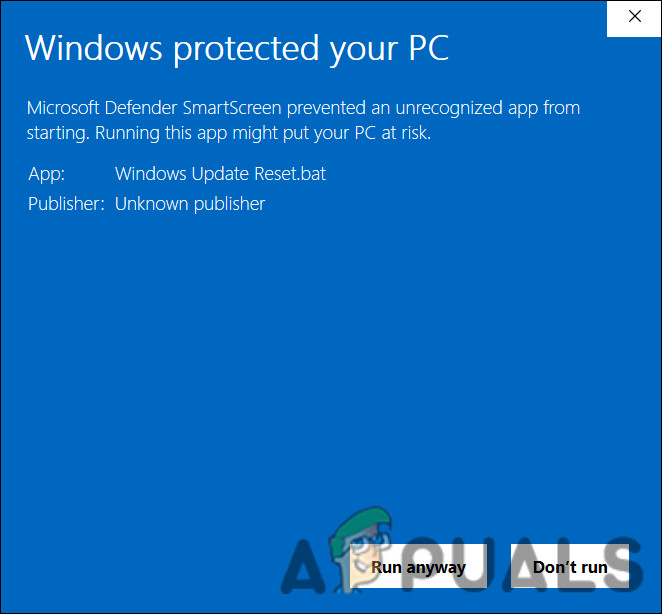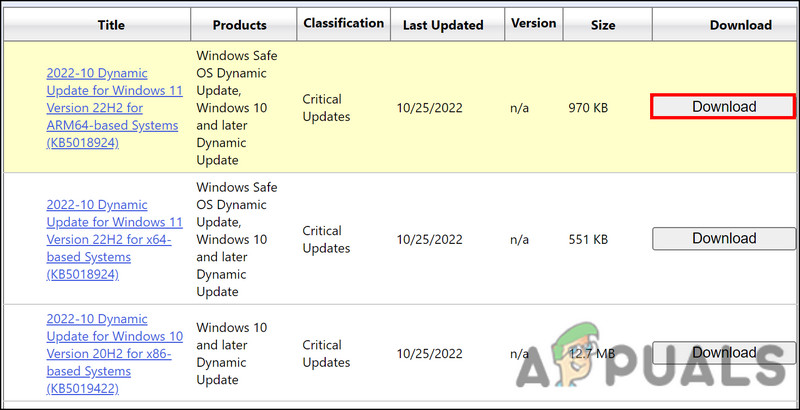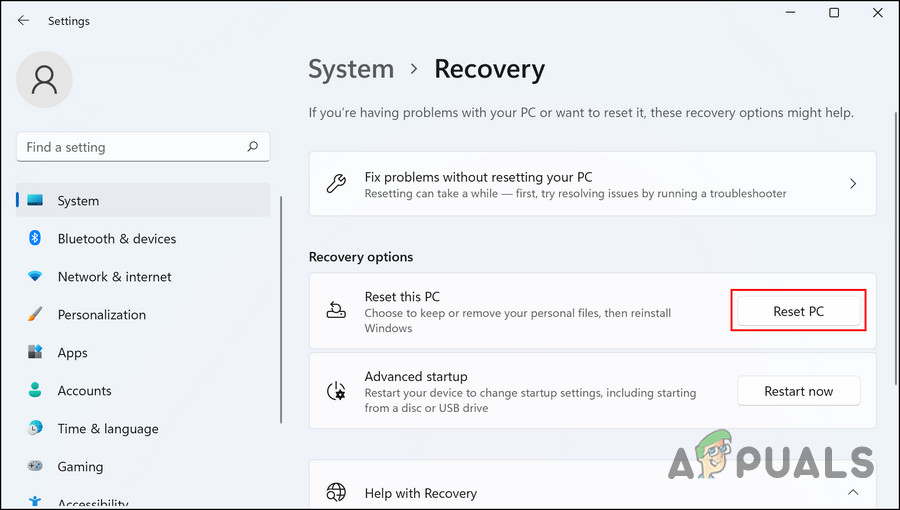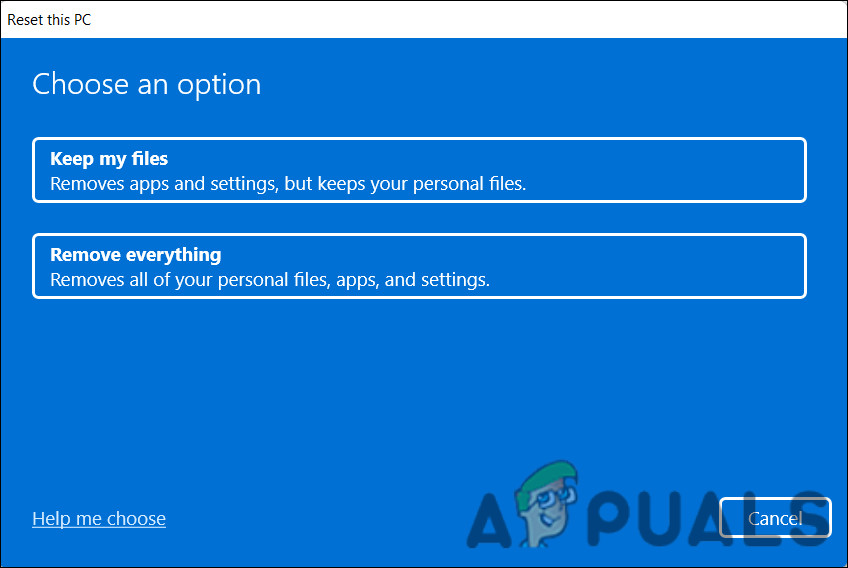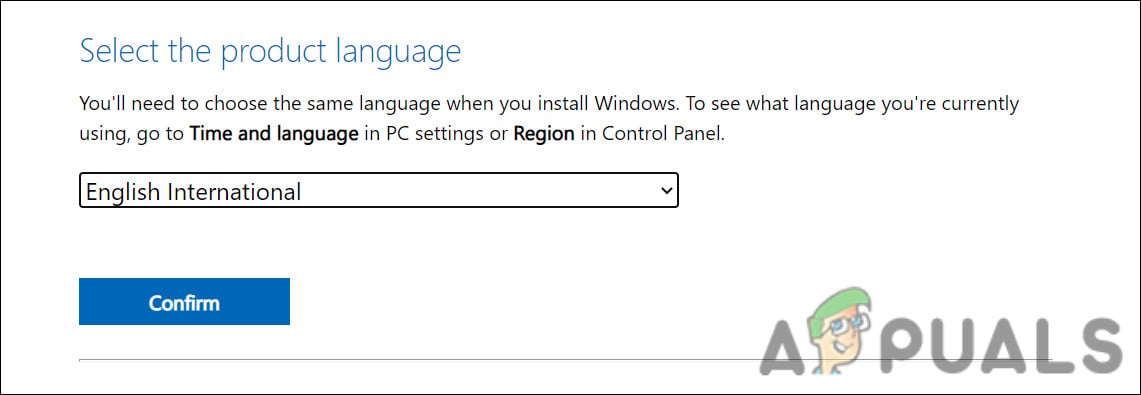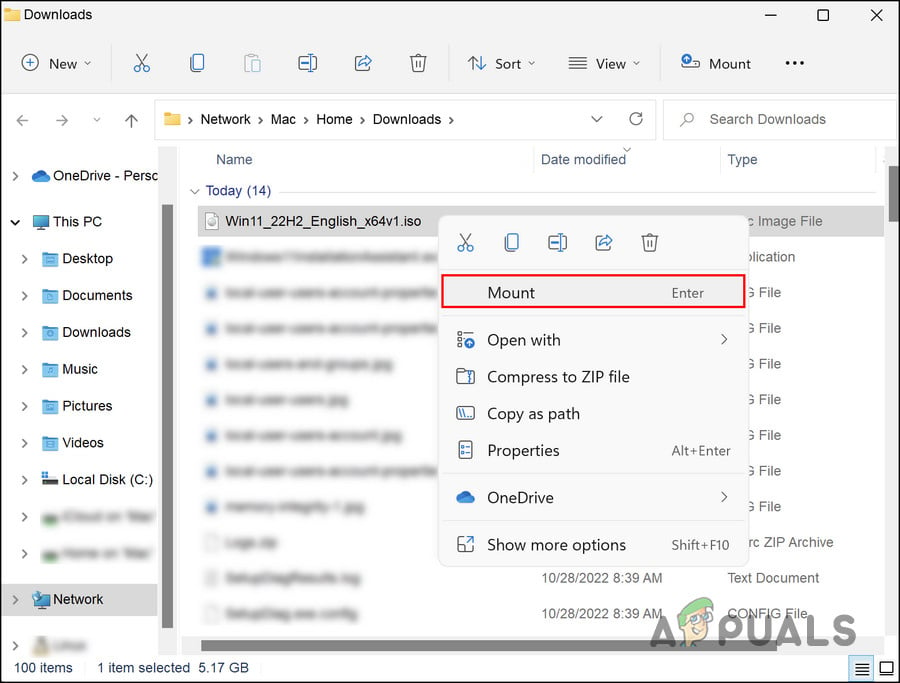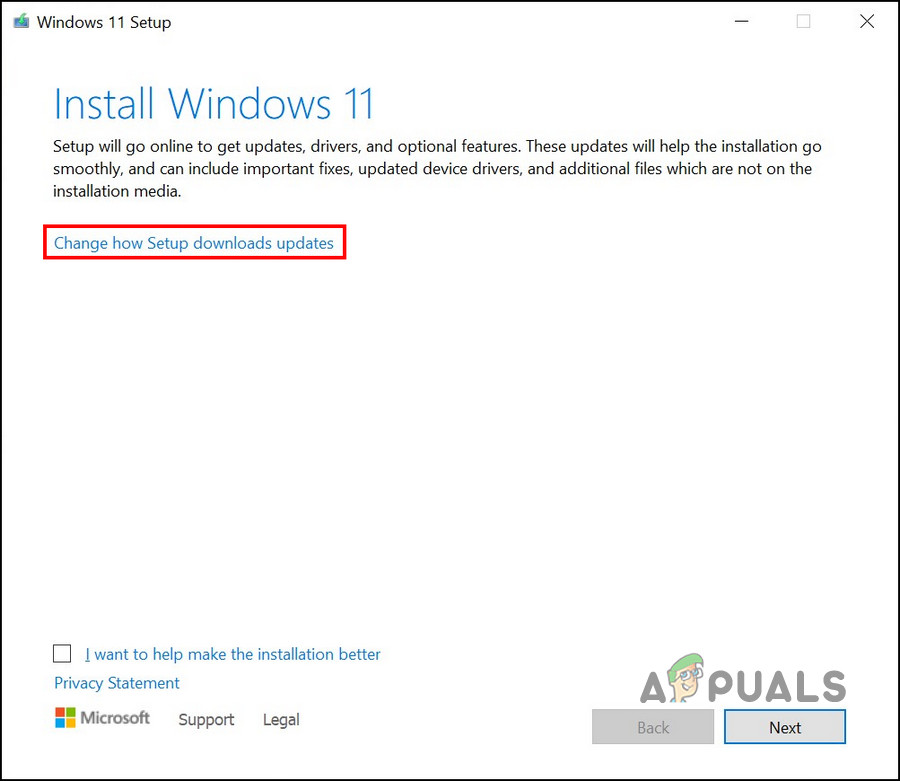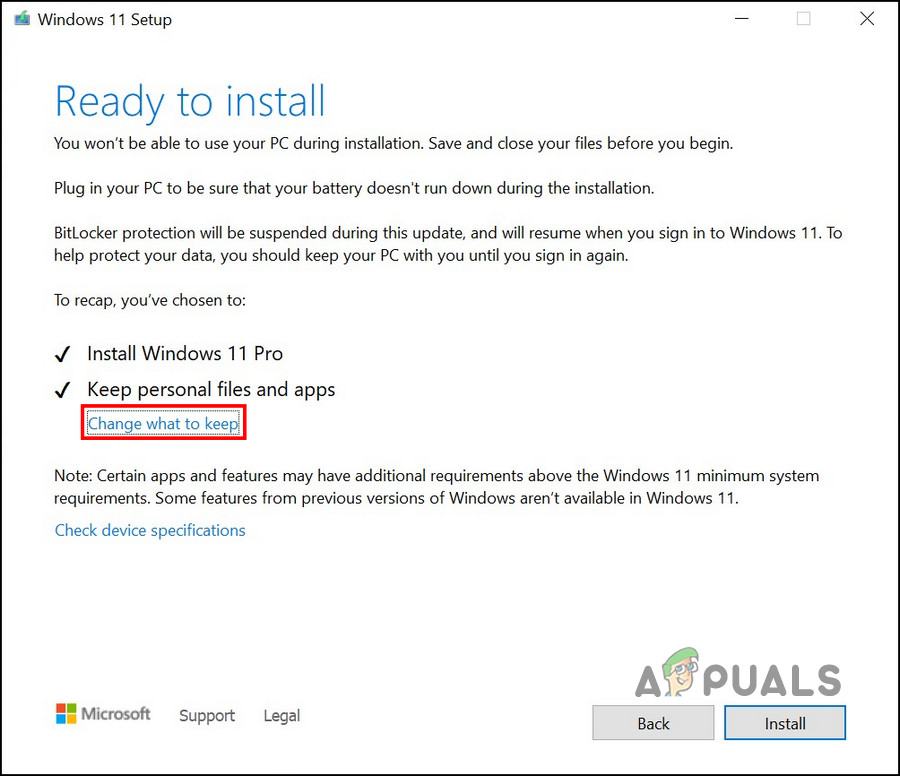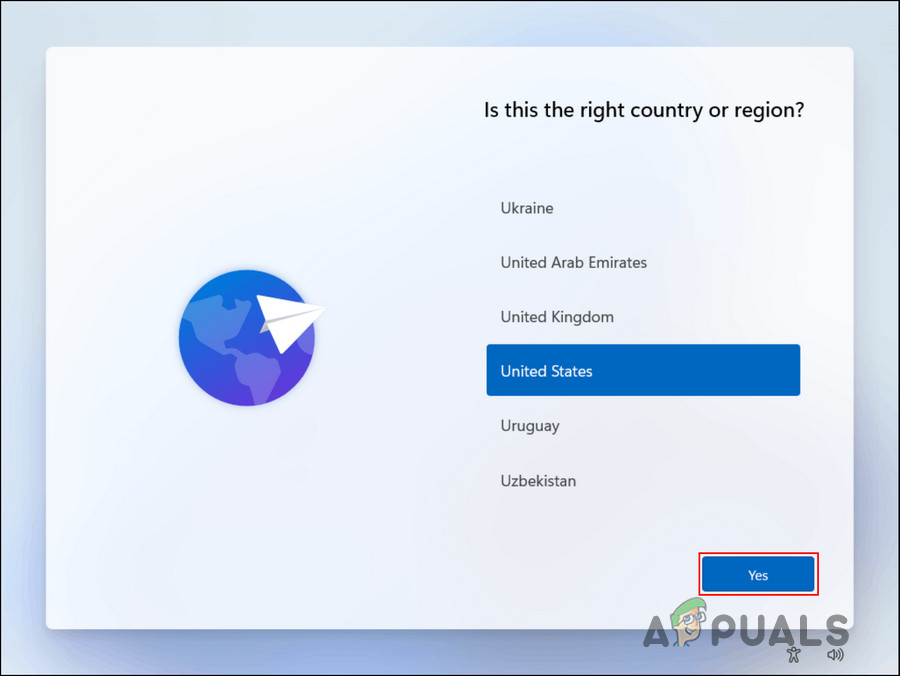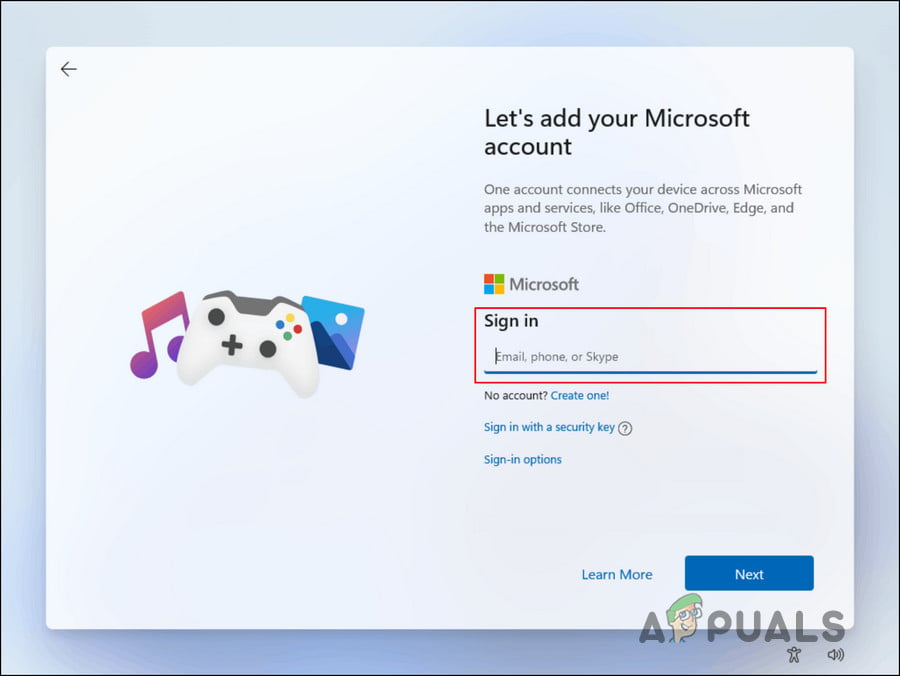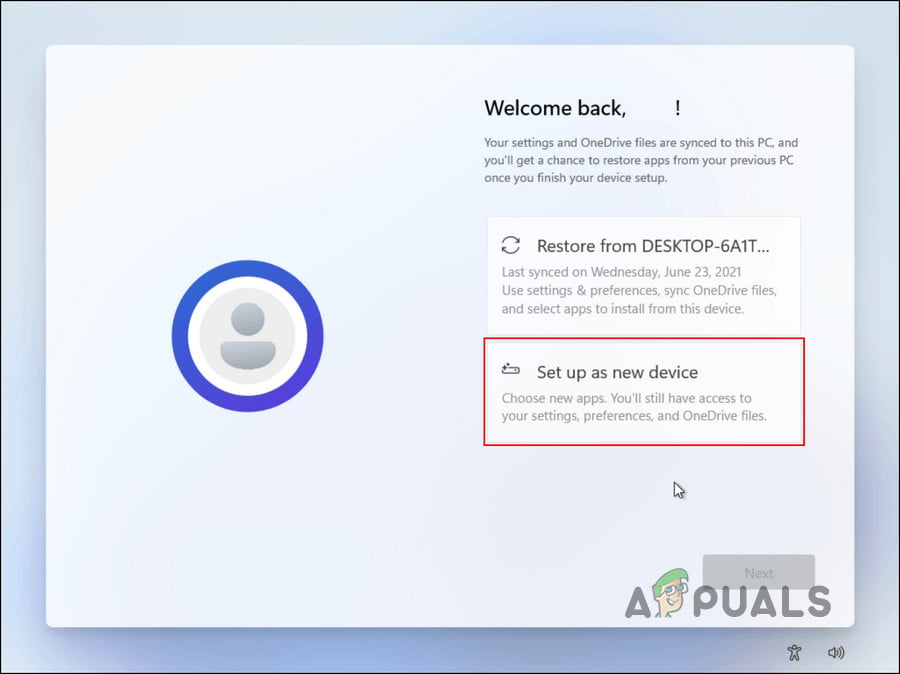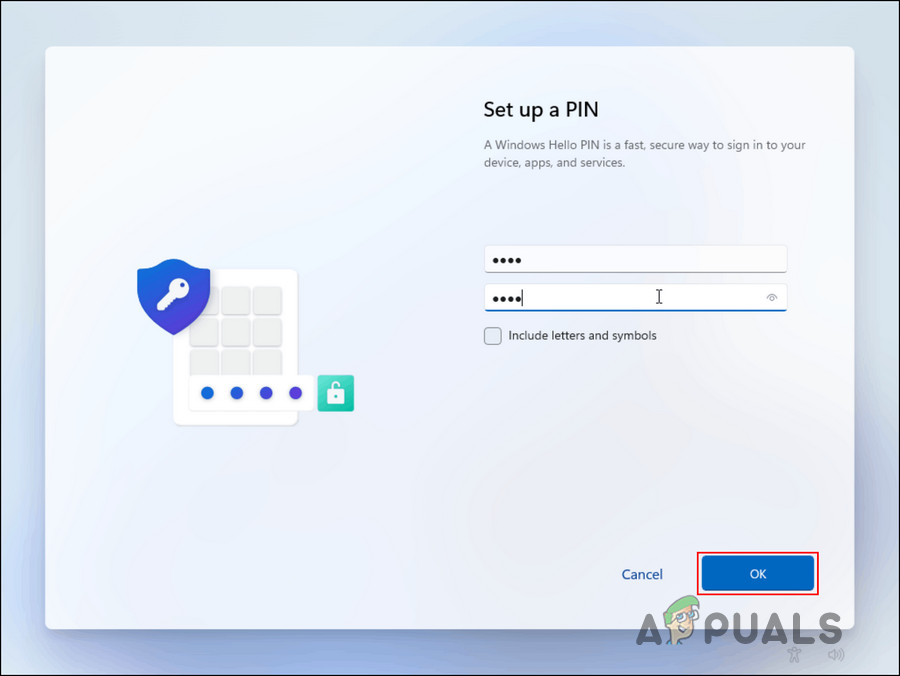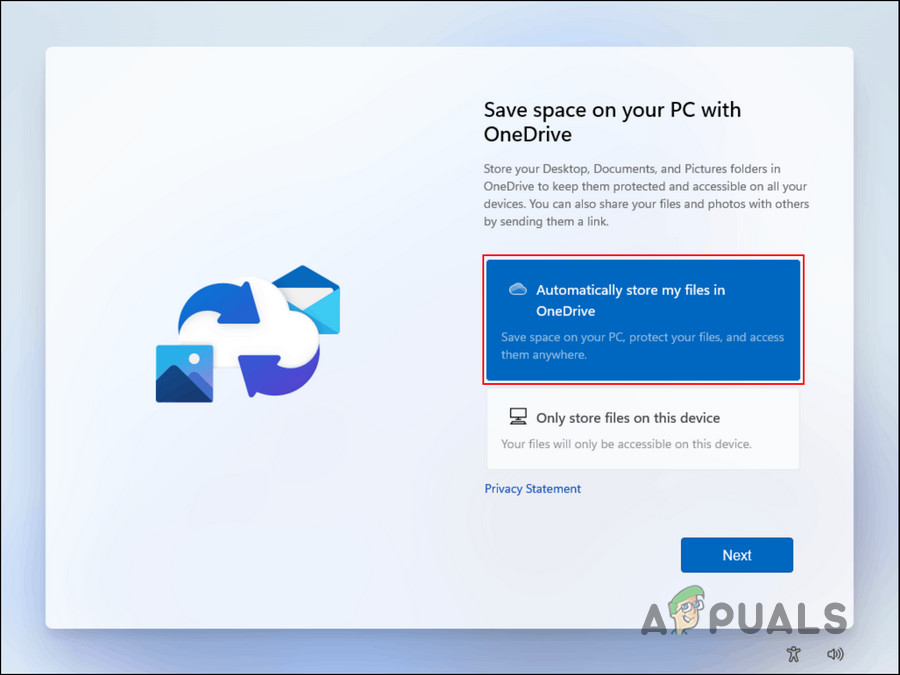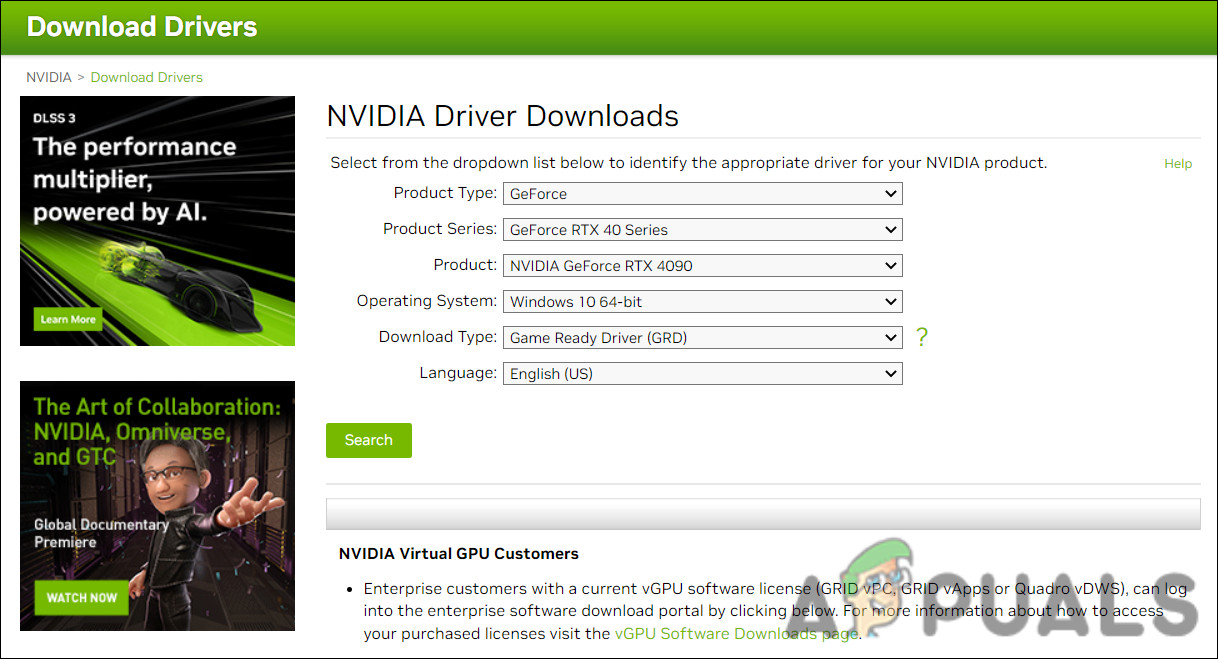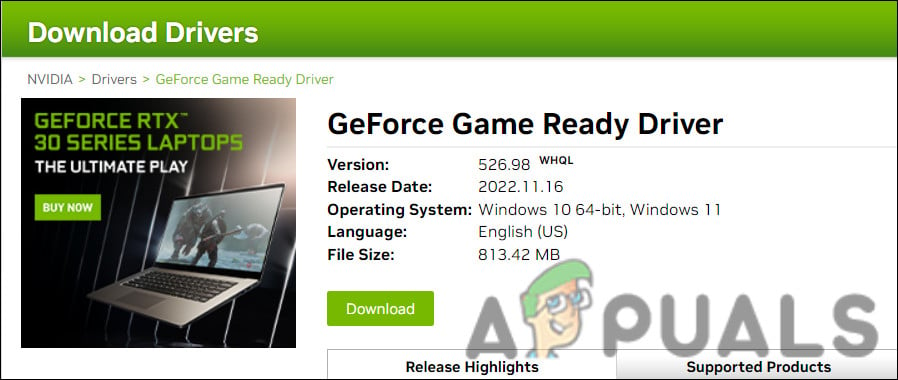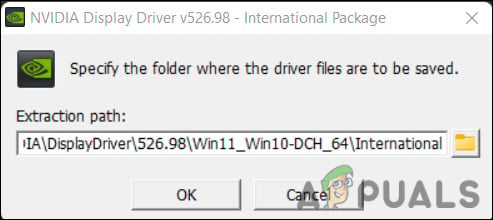The following error code can be caused by a bunch of reasons, such as corruption errors within the system, the update itself being faulty, and incompatibility issues.
1. Run the Windows Update Troubleshooter
If you receive an error code when downloading or installing Windows updates, you can use the Update Troubleshooter tool to fix it. The utility was designed by Microsoft and checks the system for potential issues that are preventing updates from being installed. Upon completion of the scan, it will let you know if any issues have been found. The troubleshooter will most likely also suggest fixes that can be applied directly from the program. Here is how you can run it: You may also want to run SFC and DISM while you’re at it, since they’re powerful troubleshooting utilities. The tools work by scanning the system files for errors via Command Prompt. In case of any issues, both tools will resolve them without any significant input from you.
2. Reset the Windows Update Services and Cache
Installing updates requires the relevant services to be enabled and working correctly. If any of these services are acting up, you may have problems installing the update. To resolve this issue, it is best to reset the required components and services to their default states. We have created a batch file for this purpose, which will use Command Prompt to perform these actions. All that you need to do is install the file and run it with administrative privileges. Here is all that you need to do:
3. Install the Updates Manually
In some cases, the system fails to automatically install updates due to a corruption error. You can use the Microsoft Update Catalog to manually install targeted updates in this case. This platform allows you to install the updates directly on the system, skipping the download process. The Microsoft Update Directory lists all the updates released by Microsoft, and you can install those that are required. Follow these steps to proceed: Hopefully, you will be able to install the update without any problems.
4. Reset or Clean Install Windows
Lastly, you can try resetting or reinstalling Windows if none of the troubleshooting methods worked. A Windows reset won’t wipe out your files or folders since Windows offers the option to keep them. Alternatively, if you want to proceed with a clean install, you should save your important files somewhere else, because it will wipe the system clean.
4.1 Reset Windows
To proceed with a reset, follow these steps:
4.2 Clean Install Windows
To proceed with a clean install, follow these steps: A clean installation will then be started after this is completed.
5. Clean Install NVIDIA Driver (If Applicable)
This method is an extension of the one we discussed above. Several users noticed that after resetting/clean installing their Windows, the update issue is resolved but at the same time, the NVIDIA driver stops working. To fix that problem, you can clean install the driver as well. Here is how:
Fix: Windows Update Error “We Couldn’t Connect to the Update Service”[SOLVED] One of the Update Services is not Running Properly in Windows UpdateLast Free Update For Windows 7 Released, KB4534310 And KB45343140 Are The Final…How to Update the Windows Update Agent to the Latest Version
